Site of first-known shooting of freedom seeker
Joseph Garretson place
255 Garriston Road, Newberry Township
The situation
Guest column by York County resident and Civil War author Scott Mingus.
During the early 1800s through the midst of the Civil War, York County was a frequent initial destination for enslaved individuals from Maryland, Virginia, and points farther south. Pennsylvania politicians had passed the Gradual Emancipation Act in 1780, meant to phase out slavery in the commonwealth over the next 28 years. However, because of certain stipulations that allowed the legal retention of some enslaved persons for life, it would not be until the early 1840s that the last person held in bondage in York County died near Hanover.
At the time of the act’s passage, more than 6,000 people, including some 600 in York County, were enslaved in Pennsylvania. Persons seeking freedom from enslavement began crossing the Mason-Dixon Line in greater numbers. The law stated that if an enslaved person stayed in the commonwealth for six months and his/her owners did not pay the required taxes and licensing, he or she was free. Hence, freedom seekers began finding shelter with sympathetic Pennsylvanians.
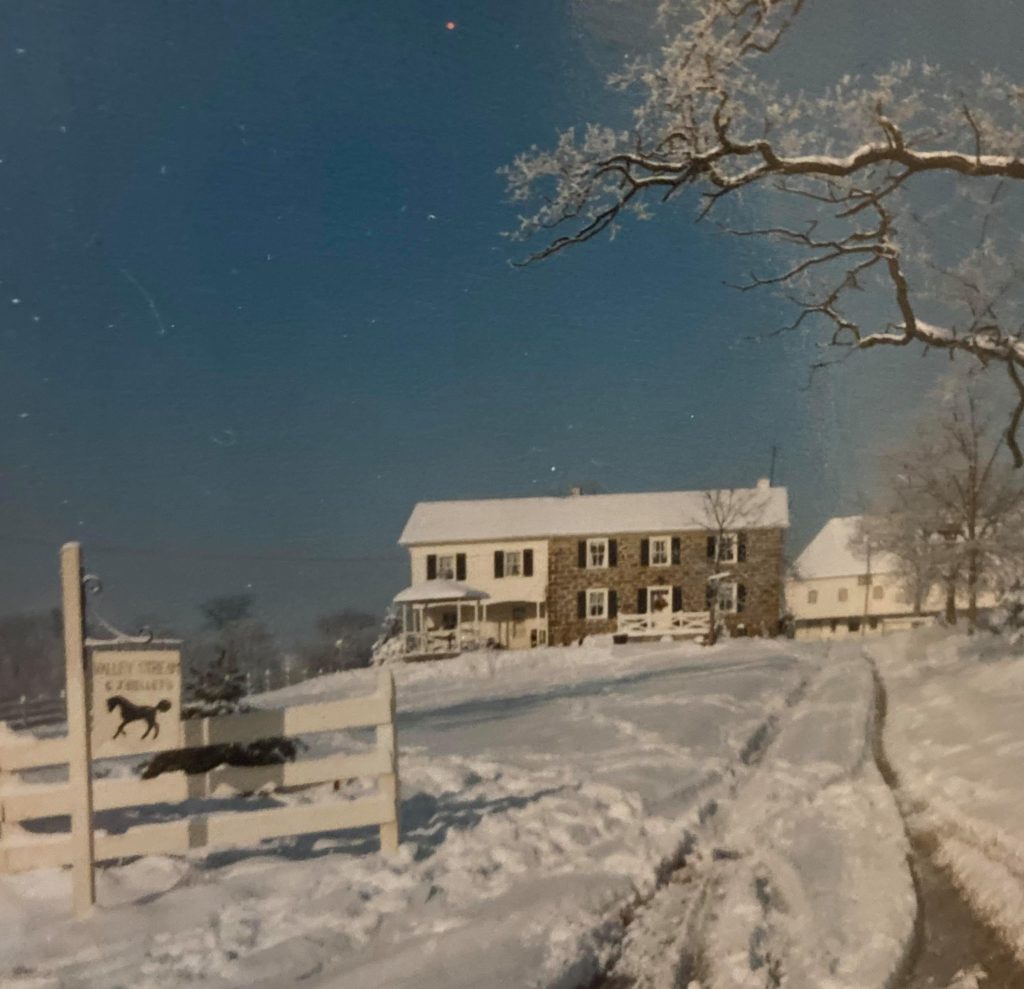
Joseph Garretson’s farmhouse after alterations in the late 20th century.
Congress responded in 1793 by enacting the Fugitive Slave Law, which made harboring and assisting runaways to be a federal crime. Several York Countians, Black and white, covertly helped the freedom seekers find shelter and employment or escorted them across the county to men who secretly rowed them across the Susquehanna River to Lancaster County.
Those helping hands included several members of the Religious Society of Friends, better known as the Quakers, who over time developed a network of safe houses throughout Maryland and southern Pennsylvania. These men and women included Israel Garretson and Joseph Garretson, who lived on adjoining farms south of Lewisberry in agrarian Newberry Township.
So, why is Joseph Garretson’s home important to York County’s Underground Railroad story? It was the site of the first known shooting of a freedom seeker in the county.
The witnessES
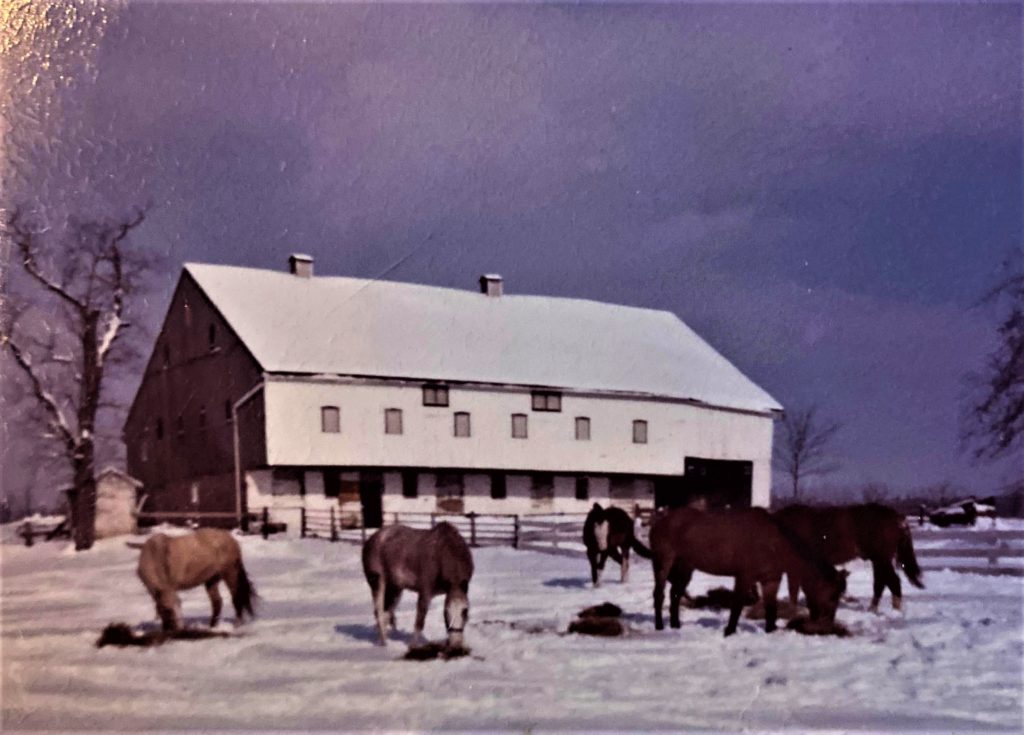
Israel Garretson lived with his wife Ruth on a farm, which his father Jacob built, that still exists along Garriston Road south of today’s Lewisberry Road. He rarely discussed his involvement in the Underground Railroad, but his actions over a period of 40 years were well known to area residents. He sheltered freedom seekers in his spacious tri-level barn, providing food and fresh clothing when necessary. “He was a man of kindness and rare sagacity,” a neighbor later wrote.
Several hundred yards to the northwest, across the road, stands a second home also erected by Jacob Garretson. Joseph Garretson likely rented this property in the early 1820s. He occasionally sheltered freedom seekers and gave them work. One of them, George, had escaped in 1824 from Col. Thomas H. Gist’s farm along the Reisterstown Road near Owings Mills, Md. George had made his way to the Joseph Garretson farm, where he found employment, food, and relative safety.
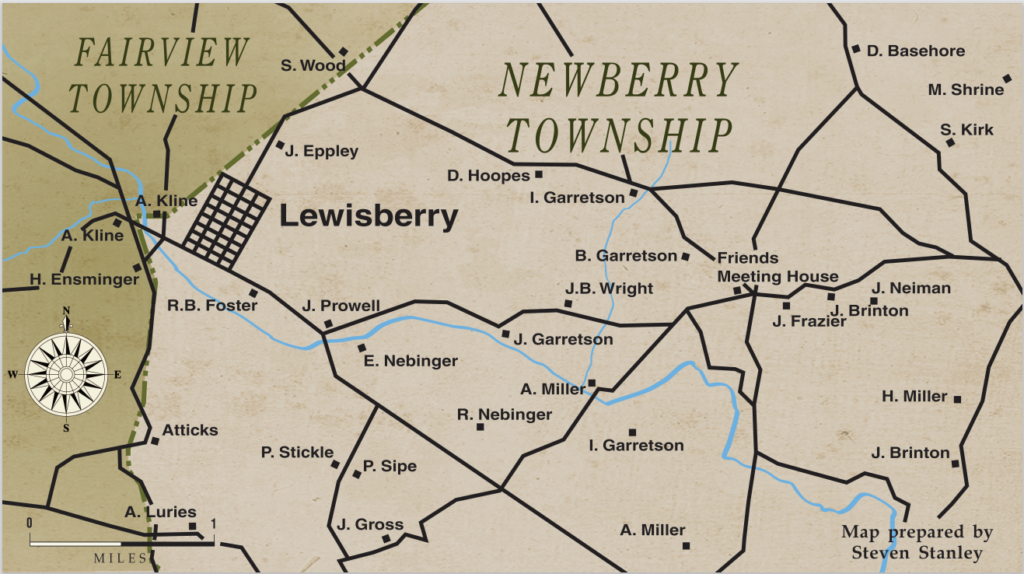
Relative is the key word. George’s presence on the Garretson property somehow drew the unwanted attention of the Fetrow brothers, who lived a few miles south of the farm. Michael Fetrow was a former Newberry Township deputy with previous experience in searching for wanted persons. Colonel Gist had distributed advertisements offering a $100 reward for George’s return. Michael met with his brother Mathias, a Conewago Township farmer and tavern keeper. The brothers, with Michael’s sons Samuel and Henry, grabbed weapons (“heavy fowling pieces”) and headed to the Garretson farm.
There, they showed the Quaker a copy of Gist’s advertisement and demanded that he turn over the alleged fugitive. Garretson refused, so the Fetrows began searching the property. Upstairs, hidden in the attic, George began looking for options to escape the search party. Desperate, he opened the window in the eastern end of the attic and leaped 22 feet to the ground. Dazed and injured, he headed for a nearby cornfield.
However, he was not in the clear. One of the Fetrows, waiting outside, discharged his weapon and brought down George. The men carried George into the Garretson barn, extracted sixteen pellets, and then took him back to Colonel Gist to collect their reward money. Some accounts suggest that George then died from his wounds while in captivity.
Joseph Garretson filed charges. The four Fetrows were arrested and brought to trial on various charges, including kidnapping and inciting a riot. After several delays, a York County judge in January 1825 found Michael and Mathias, as well as Samuel Fetrow, guilty while acquitting the youngest defendant, Henry. The judge fined each of the guilty parties $20 for the riot charge and $14 for assault and battery on “negro George.” They also had to pay court costs, but none of the men served jail time. The total bill came to $180.
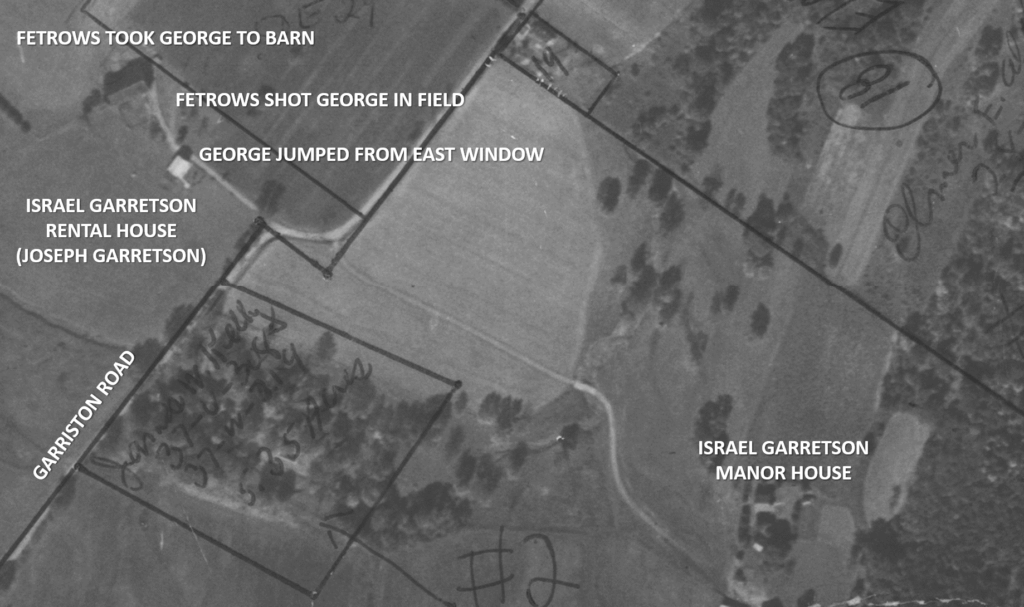
THE Questions
The case brings up several questions that are still resonant today. If someone needed shelter and food, would you give it to them, even if that act was illegal but consistent with your moral or religious values? Would you risk jail time or a federal fine? If you were George, how could you find someone that you could trust, even a perfect stranger in the case of Joseph Garretson?
Finally, consider the Fetrow brothers. Wanting the impressive reward money ($100 in 1824 is the equivalent of more than $2,000 today), they took action to apprehend the runaway. Given Michael’s former standing as a deputy, he likely believed he was well within his legal rights.
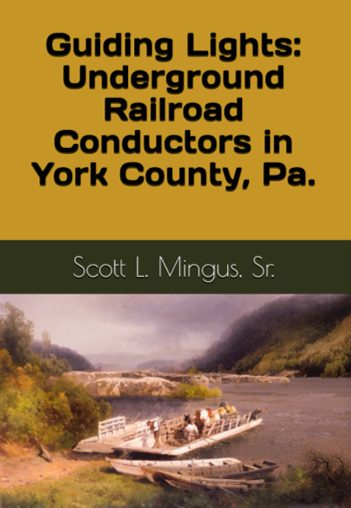
Related links and sources: Historian Israel H. Betz, newspaper articles, 1910s. York County court records, York County Archives. York, Gettysburg newspapers, January 1825. Top photos by Karrie Billetts. Aerial photo, York County Archives.
— By JAMIE NOERPEL and JIM McCLURE

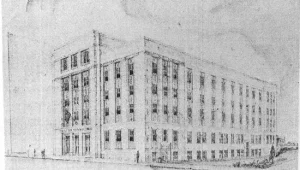
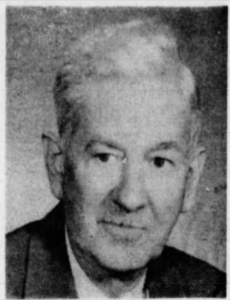
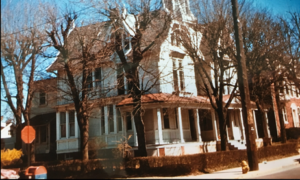
Pingback: Peering through Elmwood's pillars: Seeing a changing York - Witnessing York
Pingback: Unsung York County Civil War sites to visit - Witnessing York